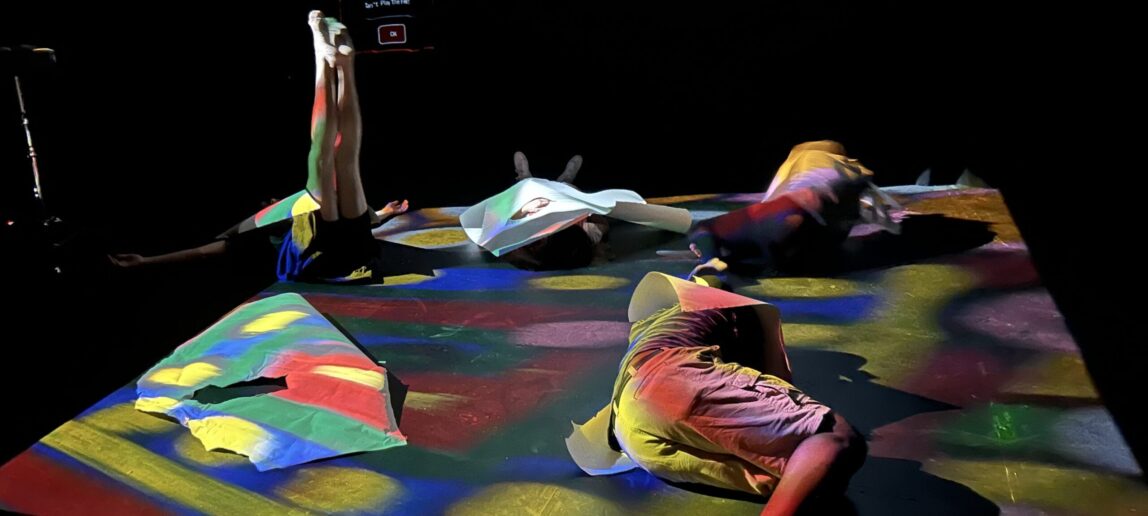Applications Are Open For Inaugural Artist Residency In Fall Semester
The Texas A&M College of Performance, Visualization and Fine Arts is seeking an artist for its New Work Development Artist Residency in the fall semester.
Dr. James R. Ball III, associate dean for industry and community engagement, director of the Academy for the Visual and Performing Arts and associate professor in the Performance Studies program, said the goal of the residency is to make a space for a professional artist to develop new original works that will “have a life beyond Texas A&M.”
“The new work could be a set of paintings, a play or dance, a game, or anything of the like,” Ball said. “We want the artist to work here on our campus, and we want our students to have access to that artist’s creative process.”
Applications are due by March 15. The residency will run Sept. 1 through Nov. 30.
The program showcases Texas A&M as a destination for artists around the world, Ball said. Interdisciplinary opportunities are an additional focus.
“We are most interested in artists who are working at the intersection of theory, practice and applied science,” he said. “We are looking for someone who might speak to the Visualization program, the Performance Studies program, and theatre, music, dance and fine arts.”
Ball said the residency will give students a chance to experience a more hands-on approach to making art, to add to what they learn in class lectures. An additional goal is to promote engagement with our communities of artistic practice, he said.
“We want to get the word out about how A&M supports the arts and contributes to our arts ecology,” Ball said.
An ideal applicant could be a theatre company looking to get into virtual reality, Ball said, or a painter hoping to work with dancers, or an opera composer who wants to incorporate a digital component.
“It could also be someone who is excited to connect with the other resources on campus,” he said. “Let’s say, colleagues in the engineering school or agriculture — the artist in residence may take advantage of these other strengths that we have here at the university.”
The artist — or group of artists — will be given a $10,000 stipend for living expenses and project materials, on-campus lodging, shared office space, access to school facilities, and undergraduate and graduate student assistance. At the end of the program, the artist will publicly present their work.
In addition to the artist residency program, the Artists and Scholars in Residence committee presents an annual Summer Happening, a week of collaborative artmaking and research open to faculty, students and community members.
In June 2023, the committee hosted “Metabolism, A Happening,” over the course of four days with lectures and symposia, Ball said. As a group of collaborators, participants produced a short film experiment and other works that are ongoing. Two of the guest artists were invited to return to campus later this year to install a show in the Cushing Memorial Library and Archives.
“‘Metabolism’ was a way for artists and scholars to work in a different way than they had before,” he said. “As a committee, we have really landed on these two programs as our signature focus.”
Ball said he hopes the inaugural artist in residency will feel that the work produced on campus would not have been possible elsewhere. The school’s environment will be a productive one for the artist to thrive and to be inspired, he said.
“I would hope that our program is going to push their work in ways that they hadn’t pushed it before,” Ball said. “And for the students, I hope they will think differently about how they make art, and envision different paths for themselves toward a creative profession based on their interactions with the visiting artist.”
More details can be found on the Artists and Scholars in Residence website.

